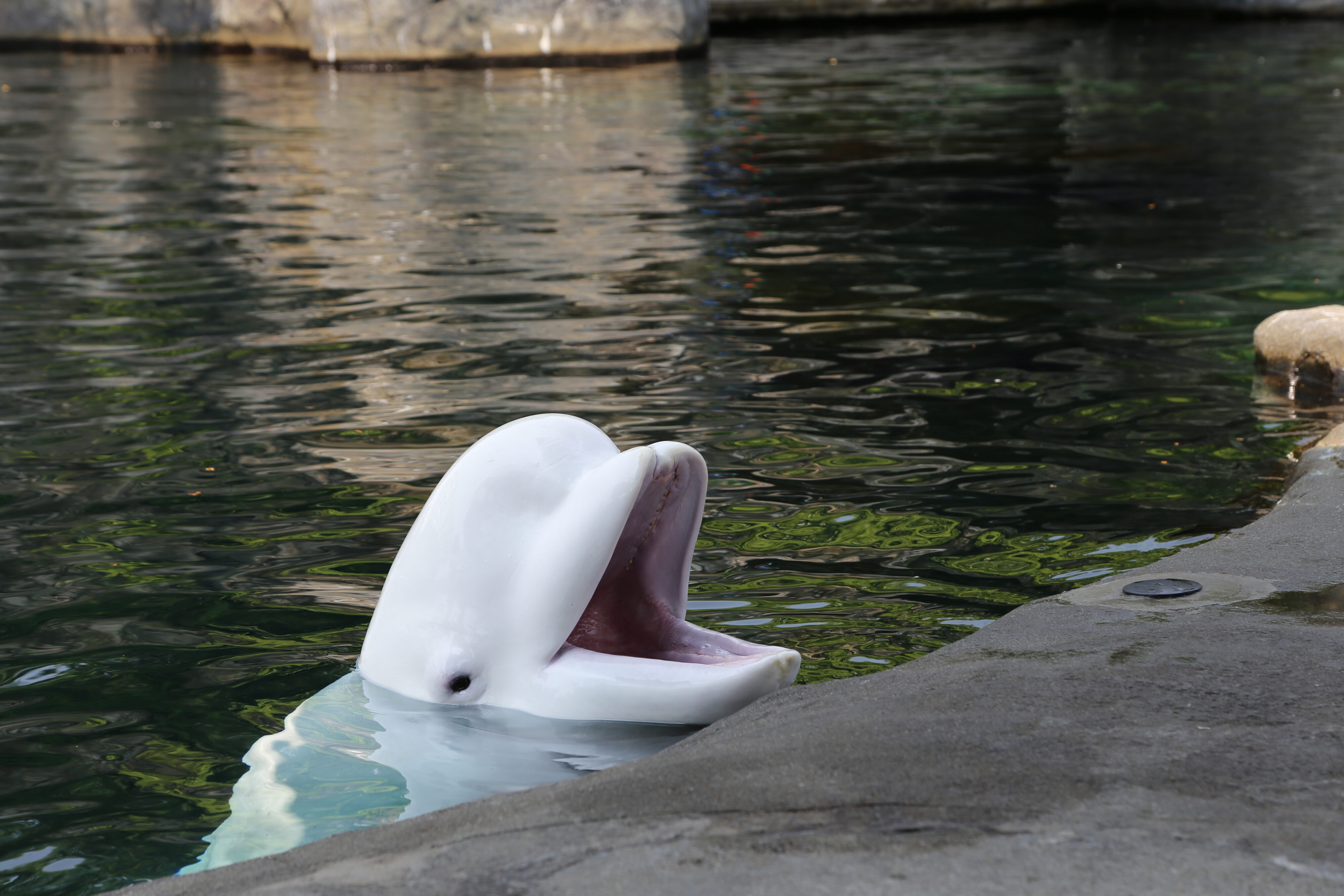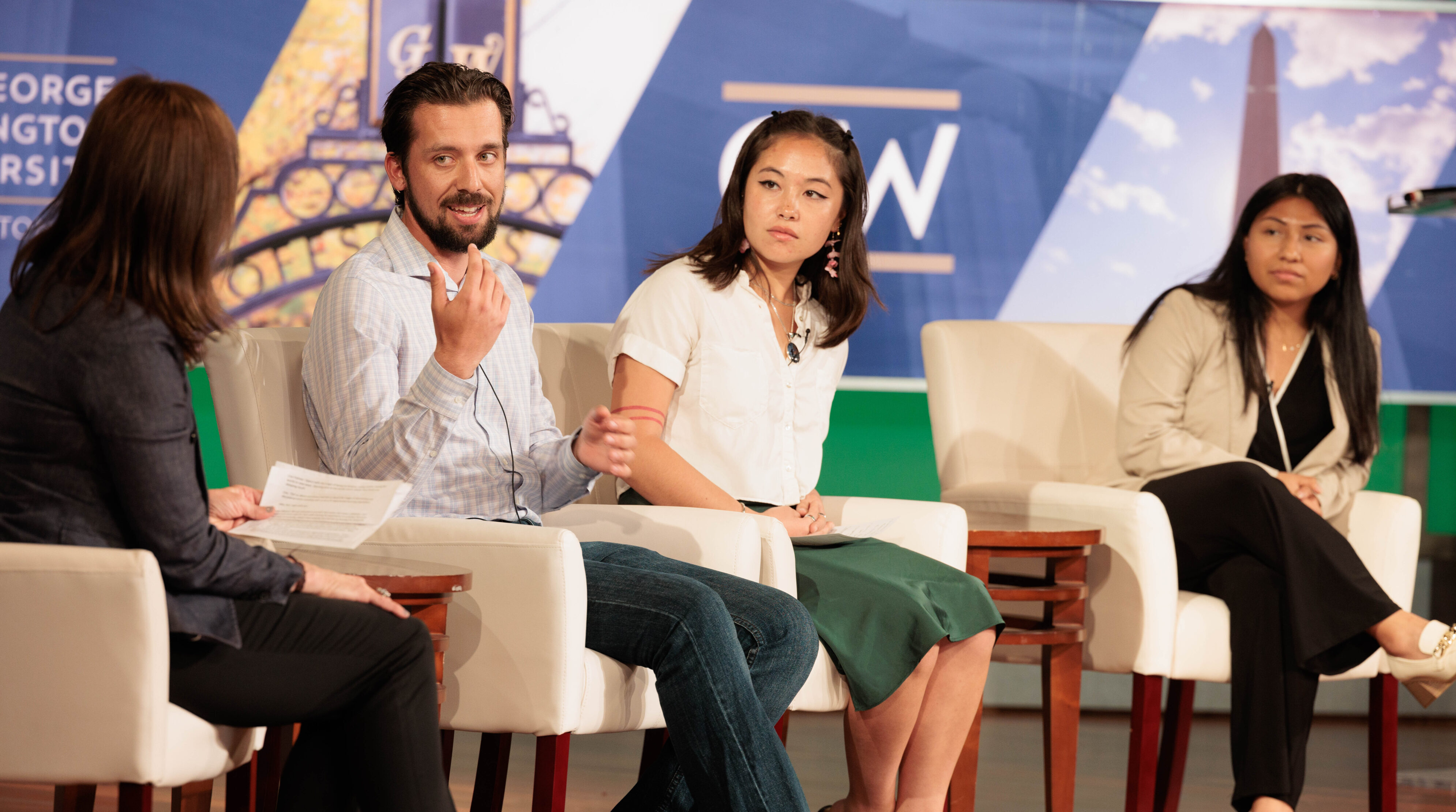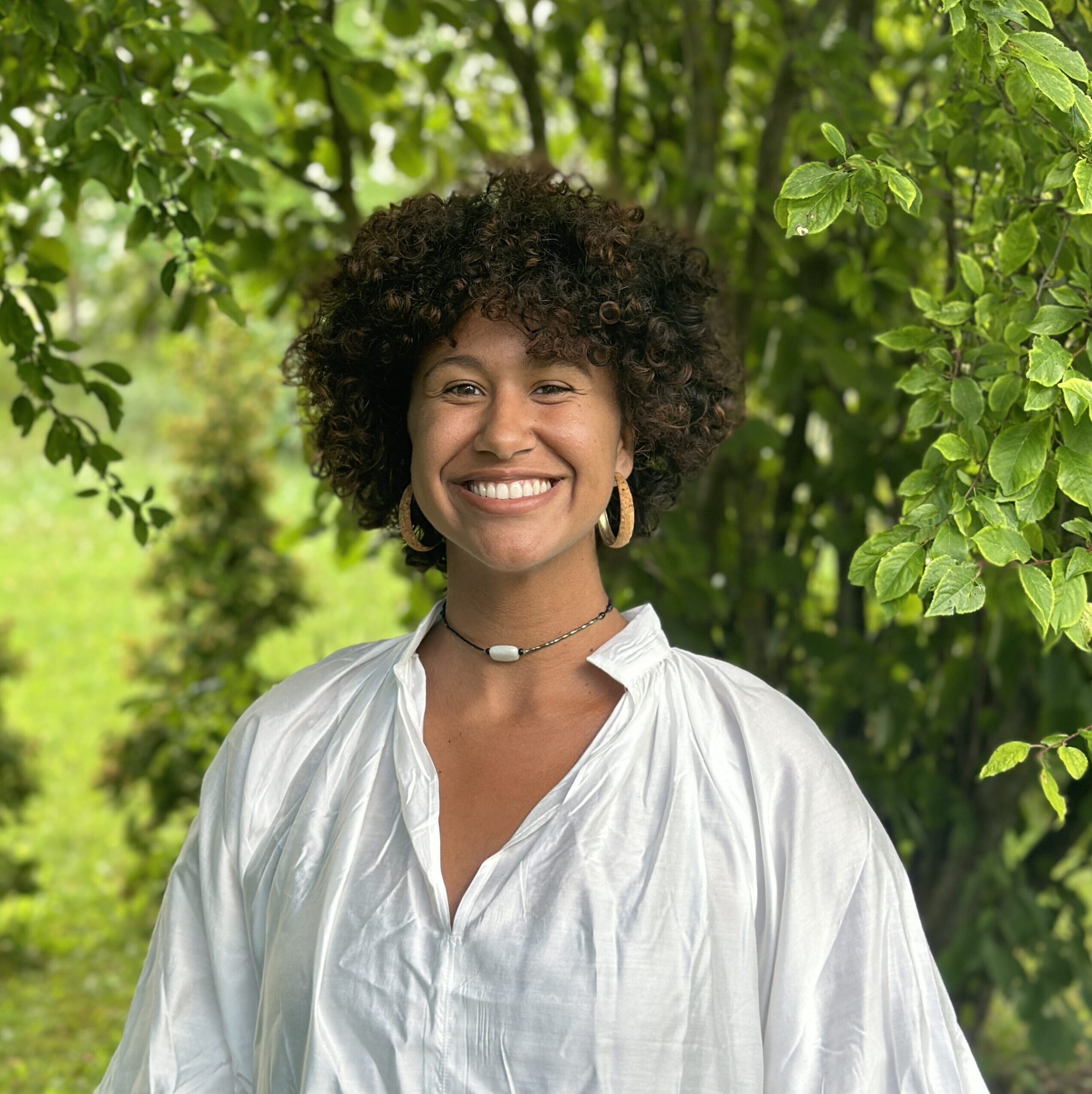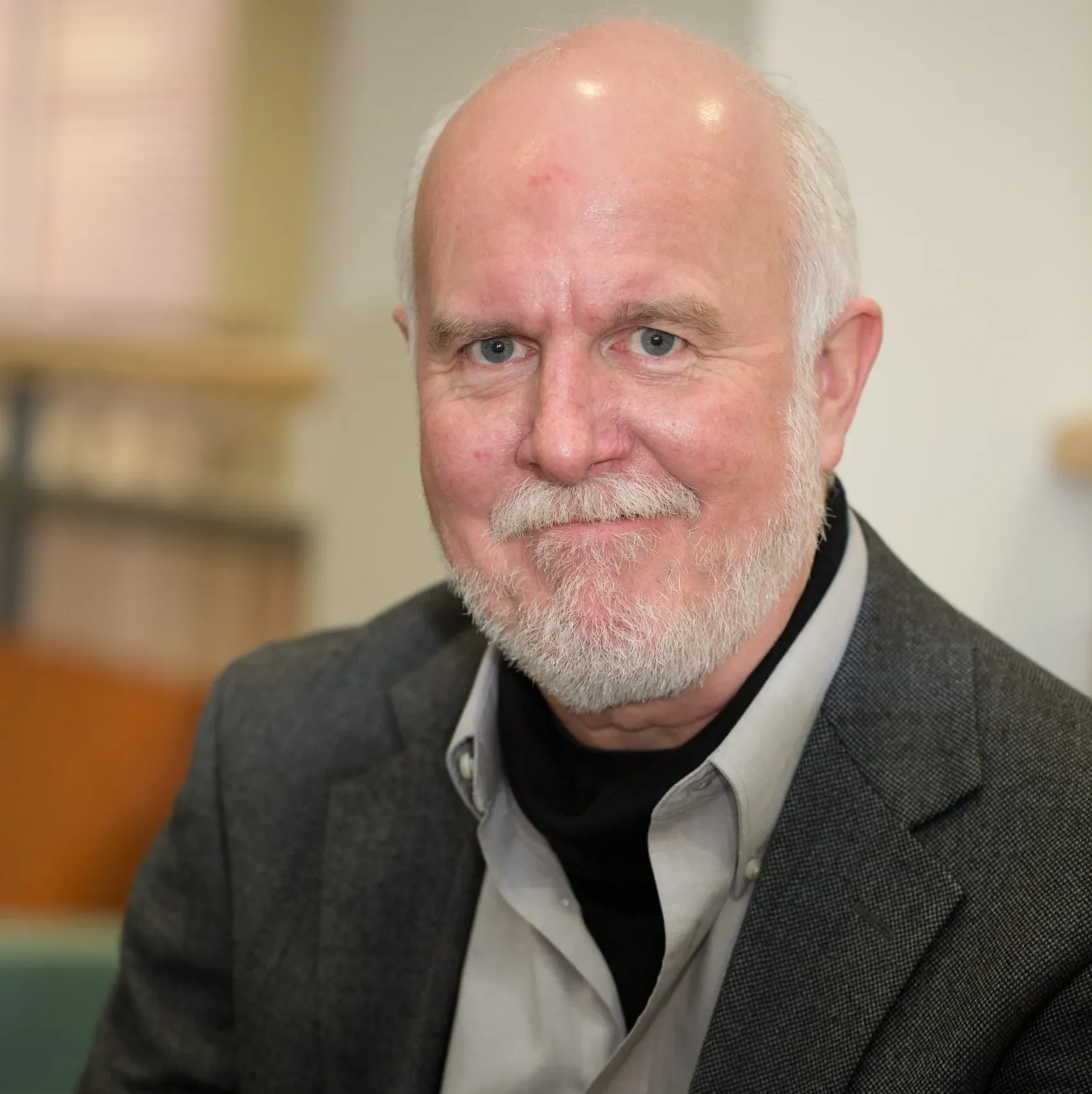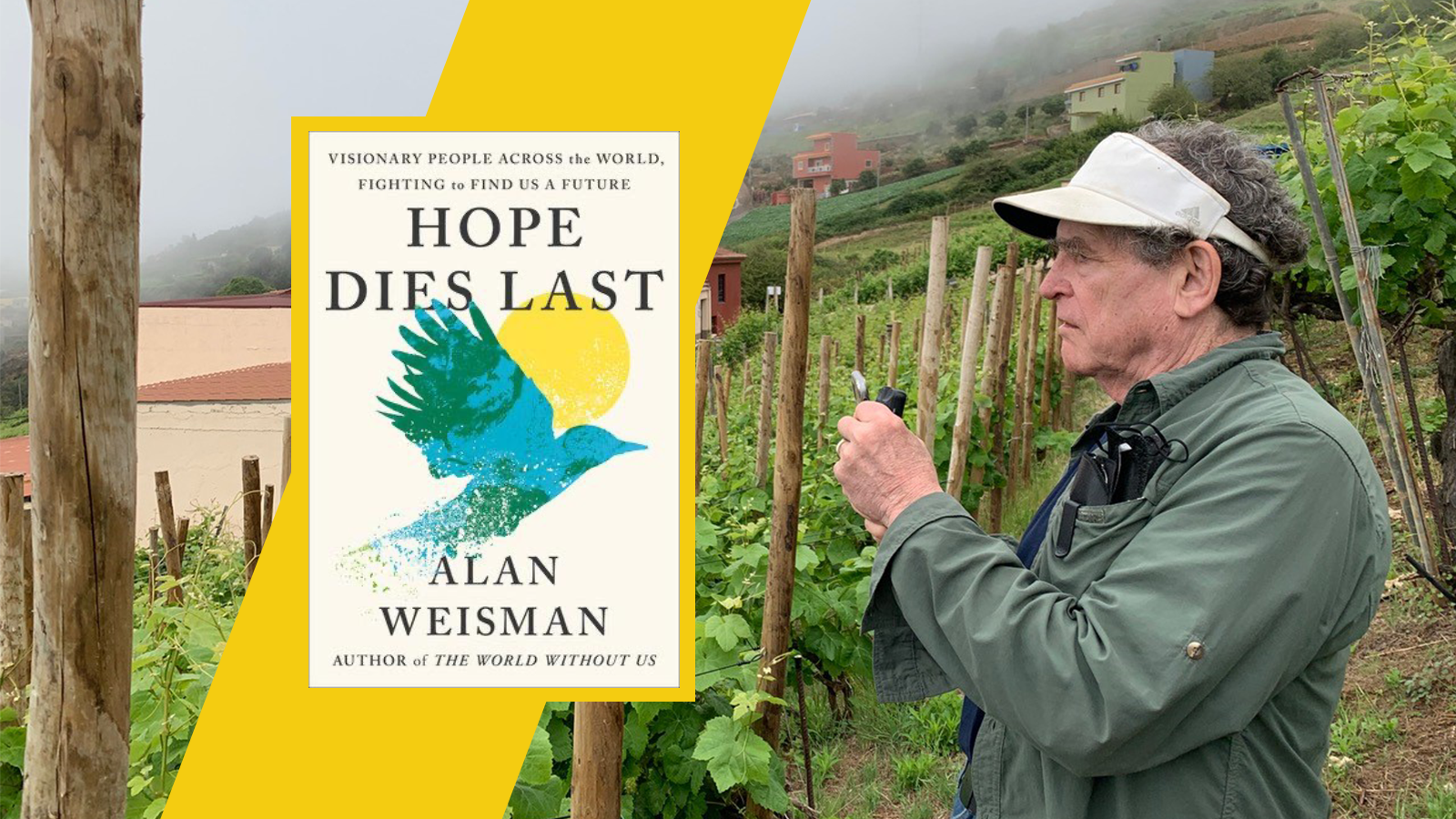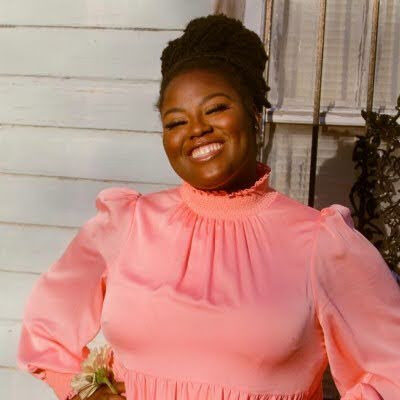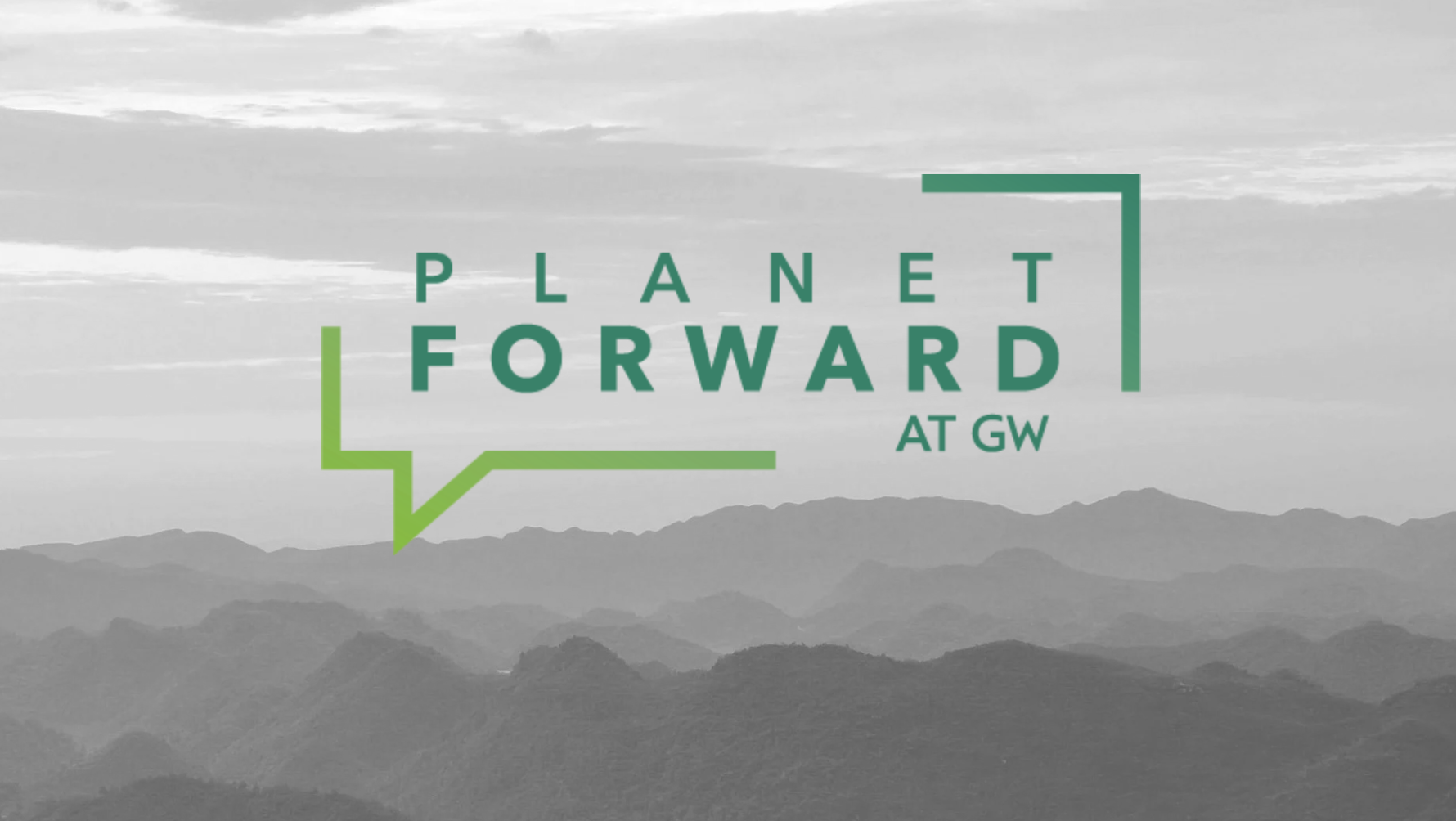 Casey Trees to “restore, enhance and protect the tree canopy of the nation’s capital.”
Casey Trees to “restore, enhance and protect the tree canopy of the nation’s capital.”
Since then, Casey Trees has planted more than 23,000 trees — 4,003 trees in 2016 alone — and is committed to partnering with other stakeholders to achieve a 40% tree canopy by the year 2032, as outlined in Sustainable DC. Aside from advocating for better tree policies in the District and offering classes to the public to enhance urban forestry education, Casey Trees mobilizes hundreds of volunteers each year to plant in public spaces and schools. Additionally, Casey Trees has recognized the power of banning together; they have partnered with the Urban Forestry Administration to increase the number of D.C. street trees and with the DC Department of Environment, through the RiverSmart Homes program, to plant trees on residential property.
Thanks to the dedication from everyone at Casey Trees, and all their partners, D.C. has made significant progress towards the 40% canopy goal in the past decade. Though it hasn’t been a straight path to success, Casey Trees is well-regarded for their partnerships, commitment to tree care, enriching educational classes, and on-going advocacy for our urban forest.
Based on calculations from Casey Trees, the city needs to add 2,031 acres of canopy to reach the goal, which translates to 216,300 total new trees to be planted over the next 20 years — that means 8,600 trees per year split among all partners. And you can be a valued partner as well, sign up to volunteer, grab a shovel, and help plant a tree in the nation’s Capital.
">Urban trees need our help. One organization working in that area is Casey Trees, based in Washington, D.C.





